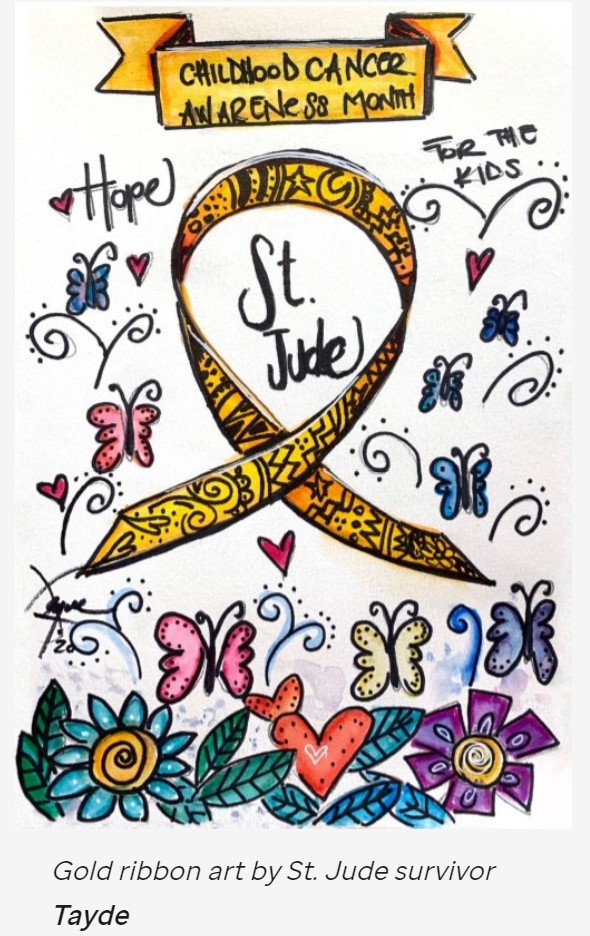
Understanding Childhood Cancer
Childhood cancer encompasses a diverse range of malignancies that affect children, adolescents, and young adults. While the incidence of childhood cancer is comparatively lower than that of adult cancers, its emotional and psychological toll on families is immense. Leukemia, brain tumors, neuroblastoma, and lymphoma are among the most common types of childhood cancers.
Raising Awareness
Childhood Cancer Awareness Month serves as a catalyst for initiating conversations about the unique challenges faced by pediatric cancer patients and their families. The month is characterized by various initiatives, including awareness campaigns, educational programs, and fundraising events. Social media platforms, illuminated in gold—the designated color for childhood cancer awareness—play a pivotal role in spreading the message worldwide.
Research and Progress
Advances in medical research have led to significant improvements in the prognosis and treatment of childhood cancers. Through dedicated efforts, survival rates have improved steadily over the years. Multidisciplinary approaches that combine surgery, chemotherapy, radiation therapy, targeted therapies, and immunotherapies have transformed the treatment landscape. Additionally, precision medicine has shown promise in tailoring treatments to the genetic makeup of individual patients.
The Importance of Support
Childhood cancer affects the diagnosed child and the entire family unit. Emotional, financial, and logistical burdens can overwhelm families during this trying time. Support systems, including counseling services, support groups, and assistance with medical expenses, play a vital role in helping families navigate the challenges that come with a cancer diagnosis.
Challenges and Future Directions
While progress has been made, challenges persist. Some childhood cancers remain resistant to available treatments, requiring innovative approaches. Late effects of cancer treatment, such as secondary cancers and long-term health issues, underscore the need for improved survivorship care. Moreover, access to quality healthcare remains a concern, especially in low-resource settings.
How Can WE Make a Difference?
Spread Awareness: Utilize social media platforms to share information, stories, and statistics about childhood cancer.
Support Fundraising Initiatives: Contribute to organizations that raise funds for research, treatment, and support services.
Volunteer: Offer your time and skills to local hospitals, support groups, or nonprofit organizations that focus on childhood cancer.
Advocate for Policy Change: Advocate for increased funding for childhood cancer research and improved access to healthcare for affected families.
Be Informed: Educate yourself about the signs and symptoms of childhood cancer to aid early detection.
Conclusion: Childhood Cancer Awareness Month serves as a beacon of hope, a call to action, and a symbol of solidarity. As we join hands to raise awareness, promote research, and provide unwavering support, we inch closer to a future where childhood cancer is better understood and defeated. By fostering empathy, igniting change, and championing the cause, we can bring comfort to those battling this disease and pave the way for a brighter tomorrow.

